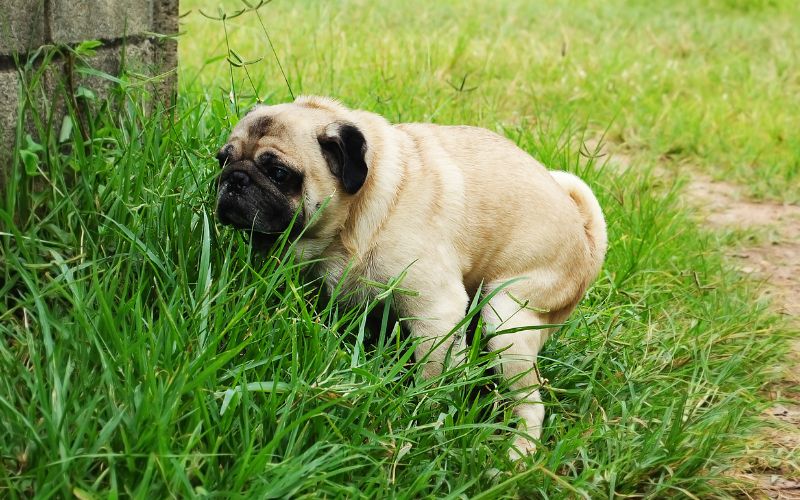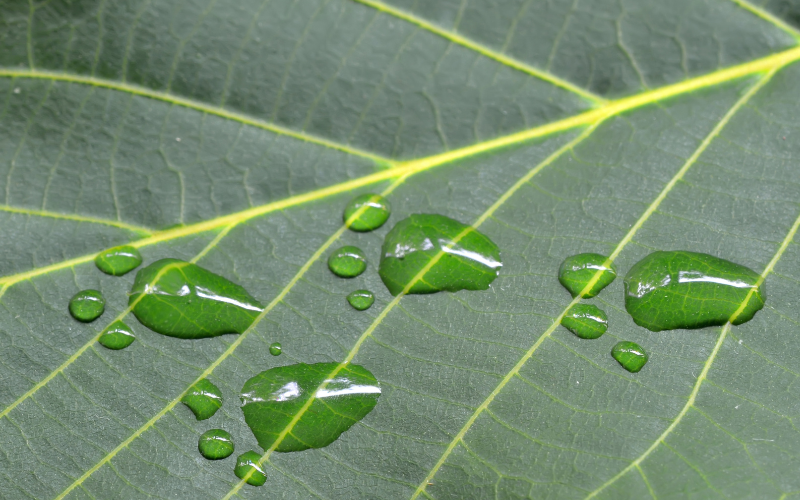Chocolate is one of humanity’s favourite treats, especially during certain times of the year like Easter and Christmas. In fact, it’s so delicious it can be hard to stop at just one nibble.
And just like us, dogs can find that cocoa smell irresistible too!
However, chocolate is highly toxic to our canine companions.
Most dog owners are aware of this, but when it comes to exactly how much chocolate is toxic for dogs, this can cause more confusion. In short, the level of toxicity often depends on the type and quality of the chocolateconsumed, the weight of your dog and how much they managed to wolf down.
As a guideline, just 90g of dark chocolate or 200g of milk chocolate can kill a 5kg dog.
That’s quite a sobering thought and may leave you wondering how such a much-loved human treat can be so dangerous to dogs.
So, read on to find out what exactly is so toxic about chocolate, what to do if your dog eats chocolate, and what you can provide as a healthy alternative.

Why is chocolate toxic to dogs?
It all boils down to neurotoxins known as methylxanthines, which are found in our favourite cocoa products. More specifically, we’re talking about theobromine and, to a lesser extent, caffeine.
While humans can comfortably tolerate and break down methylxanthines, dogs are far more sensitive and struggle to excrete them, leading to a buildup of toxins in the body.
Additionally, cocoa products are typically very high in potassium which can cause high blood pressure, while their high fat content can trigger conditions like pancreatitis.
The amount of methylxanthines will vary depending on the type of chocolate.
You may be surprised to learn that bitter chocolate - such as dark chocolate or baking/unsweetened chocolate - is generally a lot more toxic than milk or white chocolate. This is due to its higher concentration of theobromine.
And it’s not just chocolate either.
Theobromine is also found in other common desserts and products, such as custard, flavoured milk, fudge, syrup, cookies and muesli bars.
While less toxic than chocolate, these popular human sweet treats are also best avoided.

What to do if my dog eats chocolate?
If you believe your dog has consumed chocolate or a product containing theobromine, monitor their condition closely and seek immediate advice from a veterinarian.
There are many useful online calculators that can give you a good indicator of how much chocolate is toxic for dogs, depending on a number of factors.
One of the most comprehensive is provided by Animal Emergency Service. This online toxicity calculator allows you to input your dog’s weight, plus the type and amount of chocolate consumed. It will then provide a helpful anticipated outcome.
However, even as little as one-fifth of the lethal dose can cause symptoms, so it’s best to always err on the side of caution and seek medical advice.

So, what are the symptoms you should be aware of, if you believe your dog has consumed chocolate?
Dogs that have eaten chocolate, or products containing theobromine, may exhibit the following symptoms or behaviours, which could occur within just 30 minutes of consumption:
- Vomiting
- Diarrhoea
- Irregular heartbeat
- Excessive urination
- Agitation, restlessness or excitement
- An unsteady gait
- Muscle tremors
- Seizures
- Coma
This may leave you wondering ‘can dogs survive chocolate poisoning?’ or even ‘how many dogs die of chocolate poisoning?’
Well, the good news is survival rates are high if immediate treatment is sought.
Fatalities are low and mostly occur when a dog has eaten chocolate and its owners are away or have not realised.
What can I feed my dog as a chocolate alternative?
As a nation of chocolate lovers, it’s not surprising that we want our dogs to join us in enjoying a safe sweet treat, every now and then.
So, what is the best sweet treat for our beloved canine companions?
Carob is a great cocoa alternative for dogs and has recently experienced an increase in popularity.
Despite looking very similar to the chocolate we know and love, carob is a sweet Mediterranean bean that contains no caffeine or theobromine, meaning it’s completely safe for our four-legged friends and delicious too!
A number of carob treats are now available in pet stores, or you could try adding it to your dog’s favourite homemade treats. Why not give peanut butter and carob buttons a go?
Alternatively, fruit makes a tasty and healthy treat for dogs.
Some canine-safe fruits that dogs generally find delicious include:
- Watermelon
- Banana
- Blueberries
- Raspberries
- Mango, and
- Strawberries
Take a look at ourfree eBook for additional tips and ideas on nutritious foods your dog will love.

In Conclusion
To summarise all that we’ve covered in this article…
Chocolate contains caffeine and theobromine, which are toxic to dogs.
It’s important to seek immediate advice from a veterinarian if your dog consumes chocolate or any food containing theobromine. Prompt action could save your dog’s life.
Carob is an alternative to chocolate, providing a sweet canine-friendly treat. You could also try dog-safe fruits like watermelon for a tasty and refreshing snack.
Here’s to your dog’s safe snacking!




